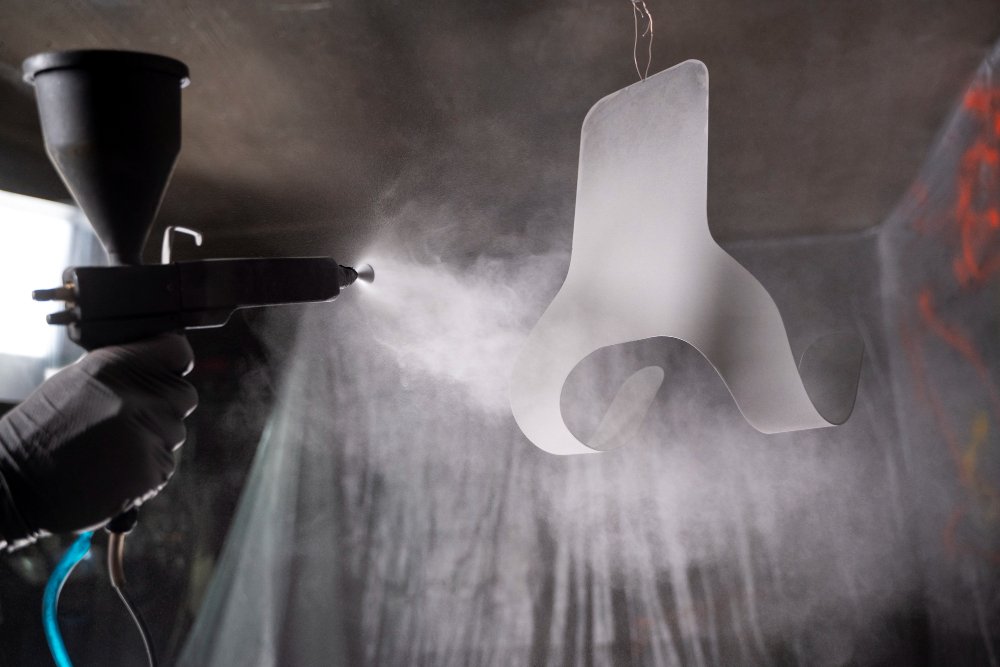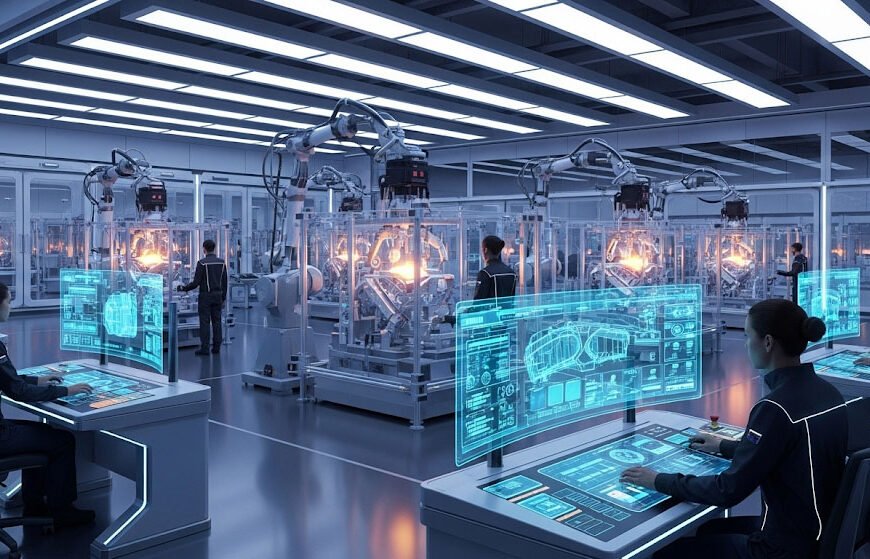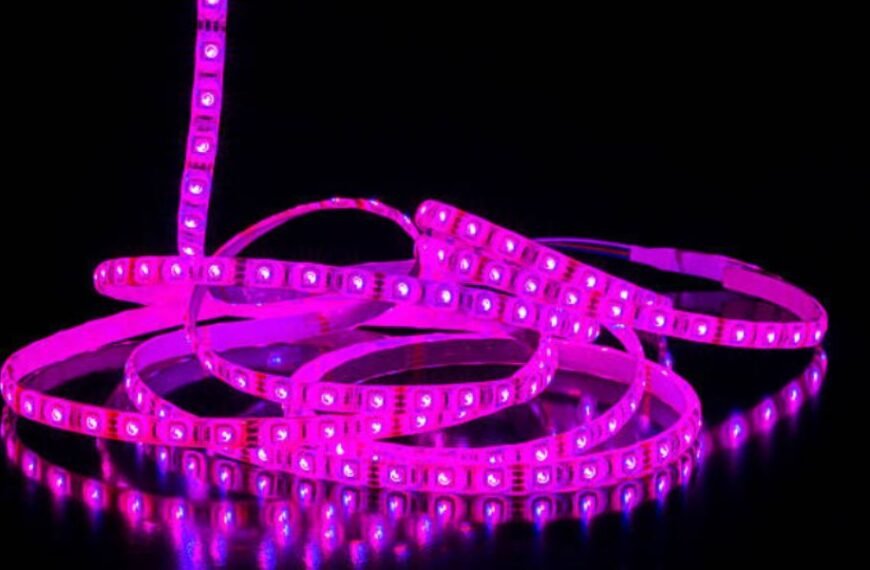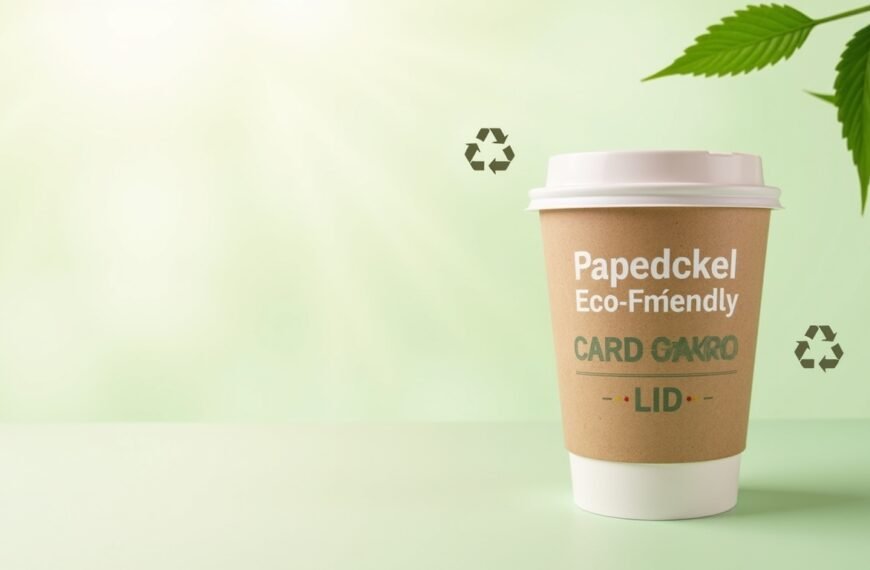When it comes to metal fabrication, the finish is just as important as the fabrication itself. Powder coating is one of the most durable, attractive, and cost-effective finishes available today—and for good reason. At Brandywine Valley Fabricators, we often recommend powder coating for clients who want their metal products to not only last longer but also look polished and professional.
However, with numerous powder coating options available, how do you select the ideal finish for your specific application? Let’s break down the considerations to help you make the best decision for your product.
What Is Powder Coating?
Powder coating is a dry finishing process where a fine powder—typically a mixture of resin, pigment, and additives—is electrostatically applied to a metal surface. Once coated, the part is cured in an oven, creating a tough, uniform, and high-quality finish.
Unlike traditional liquid paints, powder coating doesn’t require solvents, making it more environmentally friendly and efficient. It’s also incredibly versatile, suitable for everything from small mechanical parts to large architectural structures.
Benefits of Powder Coating
Before diving into how to choose the right finish, it’s worth understanding why powder coating is so widely used:
- Durability: Powder coating resists scratching, chipping, fading, and corrosion better than most paints.
- Aesthetic Versatility: Available in countless colors, gloss levels, and textures—from smooth to hammered, matte to high-gloss.
- Eco-Friendly: No harmful VOCs (volatile organic compounds) are released during application.
- Cost-Efficient: Minimal waste and reduced finishing time make powder coating a budget-friendly choice for many projects.
Factors to Consider When Choosing a Powder Coating Finish
1. Environment and Exposure
Where will your product be used? Outdoor components need a finish that can withstand UV rays, moisture, and temperature fluctuations. Look for UV-resistant or polyester-based powders for outdoor applications, such as signage, railings, or outdoor furniture.
For indoor parts or products exposed to less wear and tear, epoxy-based powders may suffice. They’re durable but tend to chalk or degrade under UV light, so they’re best suited for indoor use.
2. Functionality
Are you coating a decorative element or a functional component? A decorative railing may benefit from a glossy, textured finish to hide imperfections, while an industrial bracket may require a smooth, uniform coat for easier cleaning and corrosion resistance.
3. Color and Appearance
Powder coating gives you incredible control over how your product looks. You can choose:
- Solid colors
- Metallics
- Transparent finishes
- Custom colors to match branding
You can also adjust gloss levels (matte, satin, gloss) and texture (smooth, wrinkled, hammered, etc.) depending on your preferences.
4. Performance Requirements
Does your product require extra abrasion resistance or chemical resistance? Specialized powder coatings are formulated for:
- High-heat applications
- Chemical exposure
- Food-grade surfaces
- Electrostatic discharge protection
If your project requires these properties, speak to your fabricator about specialty powder formulations.
5. Substrate Material
Most powder coating is applied to aluminum or steel, but the surface preparation process may vary depending on the material. Stainless steel, for example, often requires different pretreatment than mild steel to ensure good adhesion and longevity.
Why Work with a Fabricator Who Offers In-House Powder Coating?
At Brandywine Valley Fabricators, we offer in-house powder coating as part of our end-to-end fabrication services. That means:
- Better quality control across the entire project
- Faster turnaround times
- Seamless communication between fabrication and finishing teams
- Cost savings with bundled services
When powder coating is handled in-house, you reduce the risk of delays, surface contamination, and finish inconsistencies—all of which are more common when outsourced to third parties.
Final Thoughts
Whether you’re producing a batch of custom brackets or a large architectural installation, powder coating is an excellent finishing choice. By considering where and how your product will be used—and working with a trusted partner like Brandywine Valley Fabricators—you can ensure your parts are protected, professional-looking, and built to last.
Ready to start your next metal project? Contact Brandywine Valley Fabricators today to discuss custom fabrication and powder coating solutions tailored to your needs.









